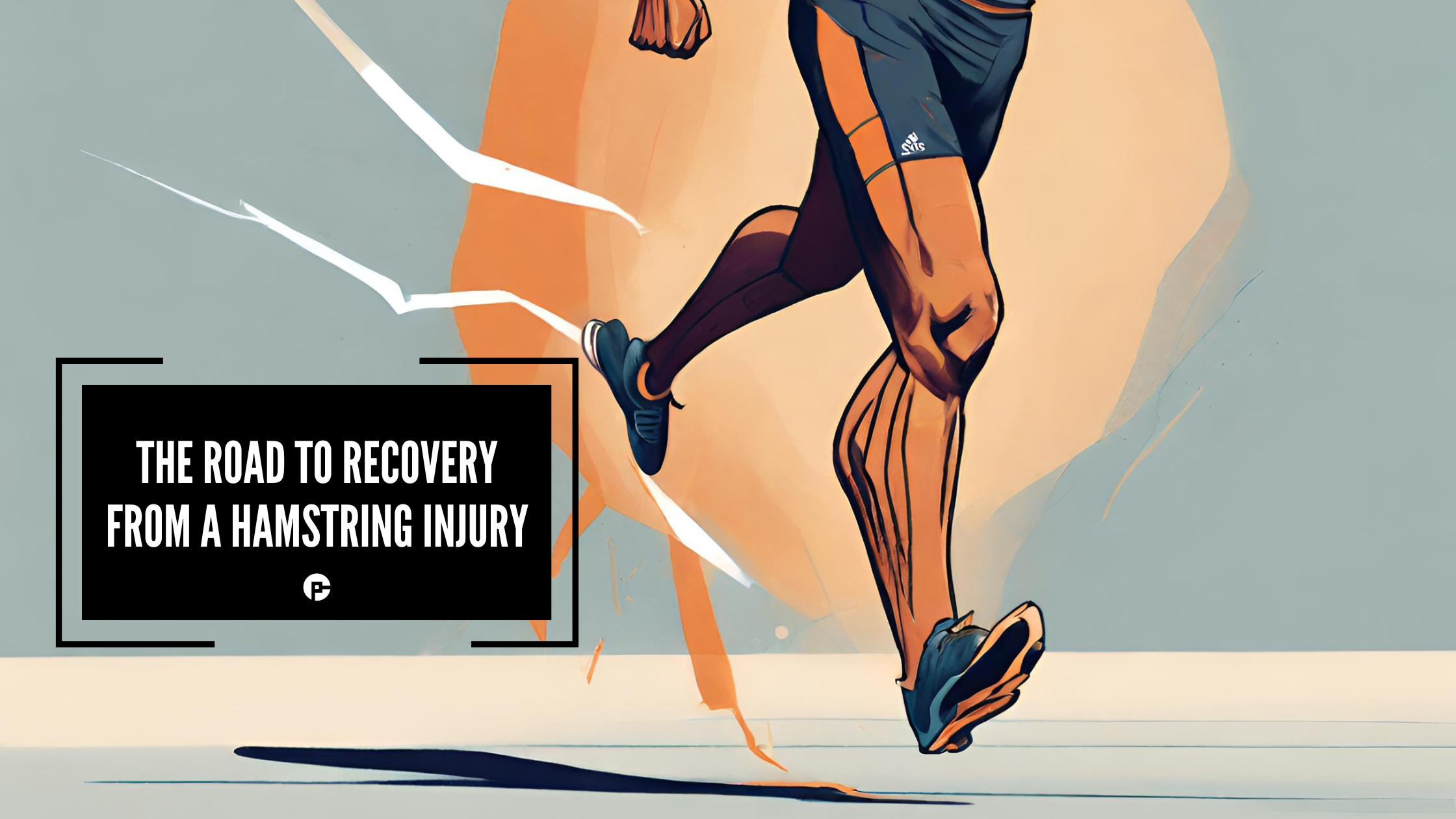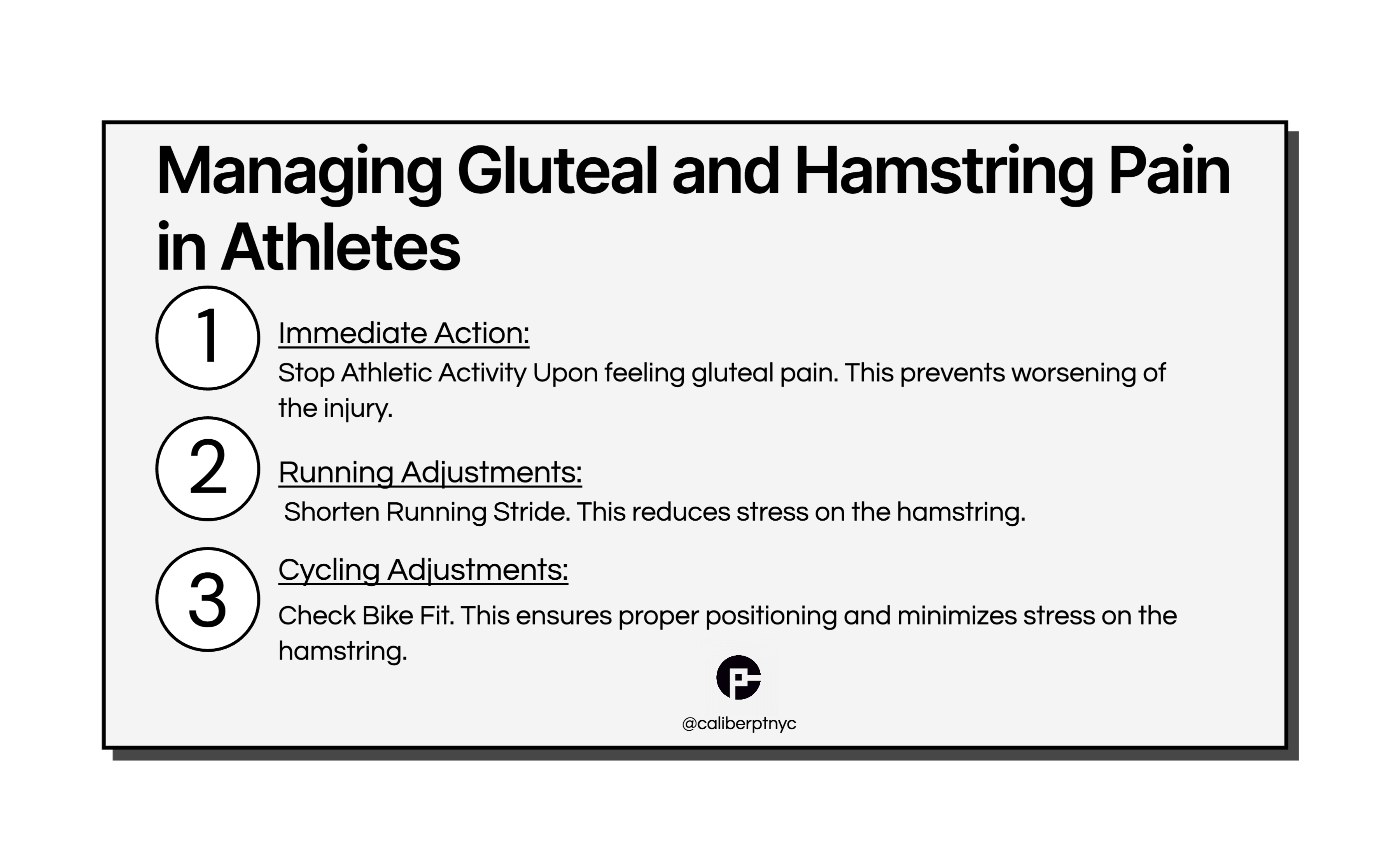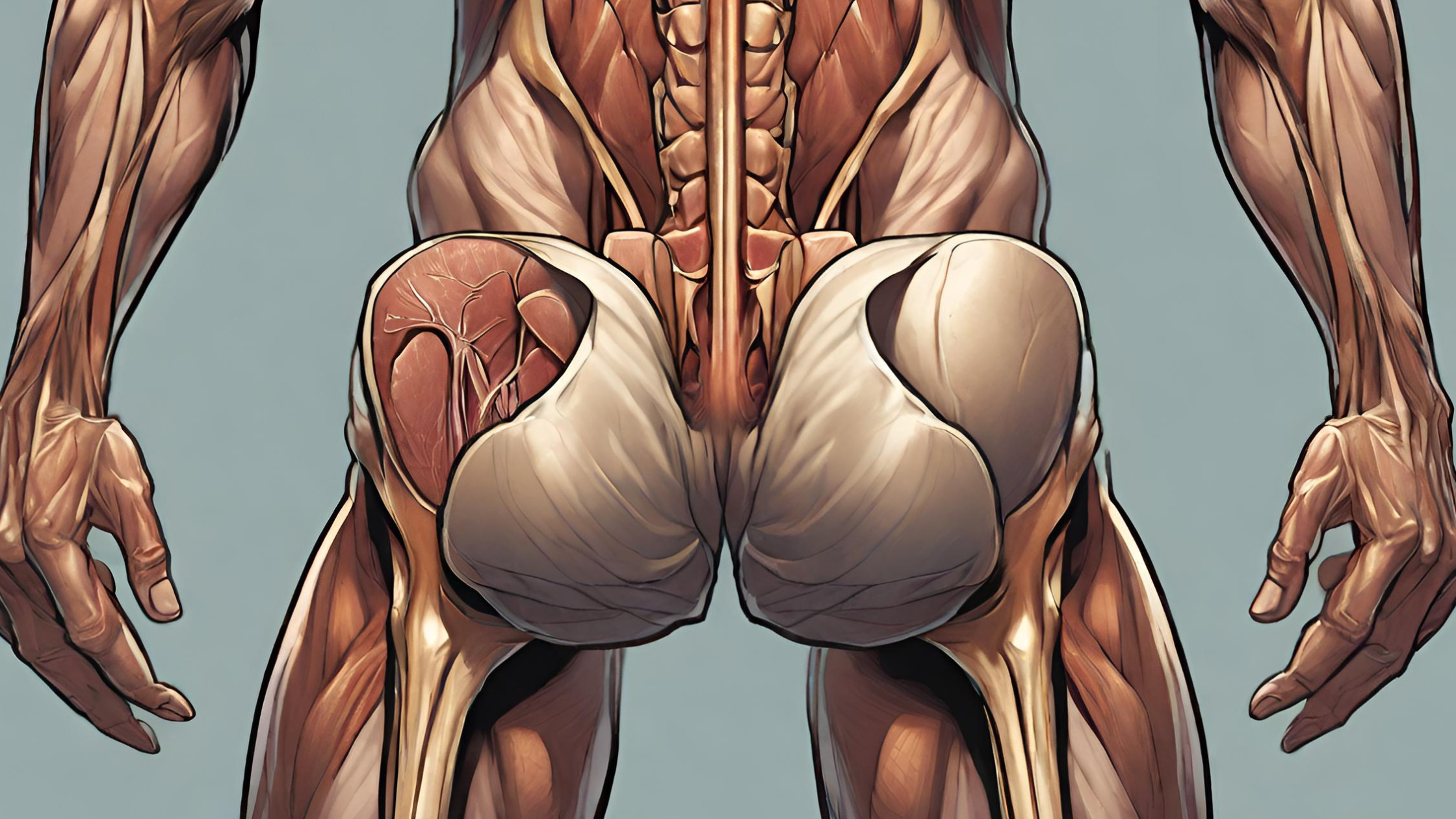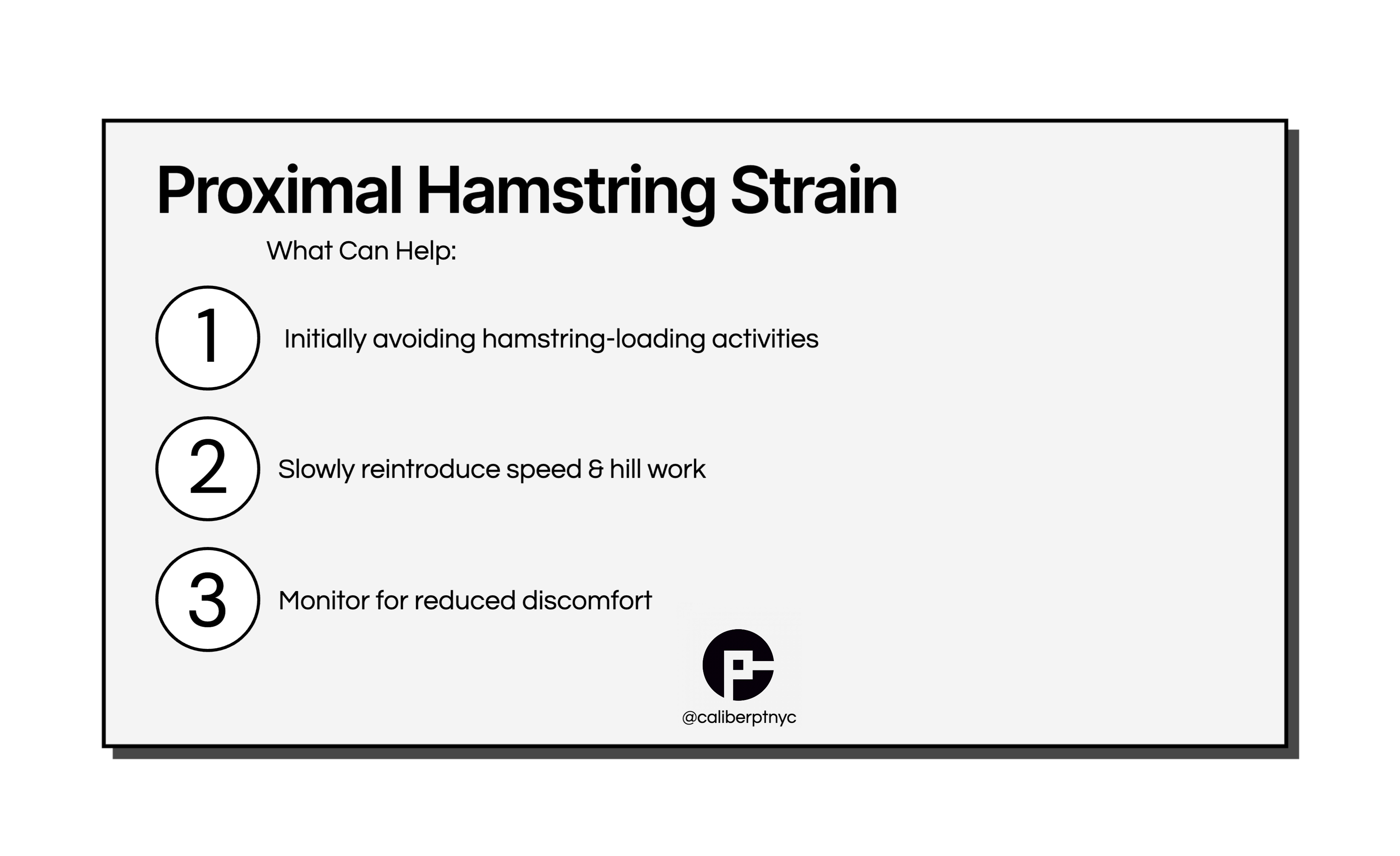Hamstring Strains: Spotting the Symptoms Before You're Sidelined

From Popping Sensations to Bruising: Identifying Hamstring Strain Symptoms
A hamstring tear can impact daily activities, causing sudden, sharp pain in the back of the thigh or buttocks. This injury often presents with a feeling of a 'pop' or tearing in the muscle, along with bruising and tenderness to touch in the affected area. If you've got one, you may also experience:
Trouble sitting comfortably
Lifting the leg when lying down
Straightening the knee
Walking or running, resulting in a limp.
Recognizing these symptoms is crucial as they indicate the need for prompt evaluation and treatment. Physical therapy plays a vital role in not only managing pain but also improving mobility and strength to facilitate a safe return to normal activities.
Symptoms of a Hamstring Tear
Recognizing the Signs
Pain in the back of the thigh is a prominent symptom of a hamstring tear, often accompanied by difficulty straightening the knee. You might experience pain during running or other physical activities. It's important to notice these signs because they may mean we need to act fast to keep the situation from getting worse.
Dr. Christopher Wong believes that a clinical test, which involves isolating the hamstring and evaluating pain and weakness, can help detect a hamstring strain.
Expert opinion from Dr. Christopher Wong suggests that a clinical test, which involves isolating the hamstring and assessing pain and weakness, can confirm whether you have a hamstring strain. He emphasizes that pain should guide initial steps, but an evaluation from a Doctor of Physical Therapy is essential for specific guidance.
Sudden Onset and Chronic Symptoms
Hamstring strains can occur suddenly during physical activities, leading to immediate discomfort. Moreover, chronic and overuse strains may result in persistent discomfort, indicating underlying issues that require attention. It's important to note that even minor strains can lead to continued pain during simple tasks involving the hamstring muscle.

Treatment and Rehabilitation
Initial Steps for Recovery
Seeking an accurate diagnosis is crucial in the early stages of hamstring tear recovery. Research suggests that the typical hamstring strain improves in about 40 days, with the specific injury duration varying based on severity. Physical therapy plays a pivotal role in this phase, focusing on managing pain and facilitating mobility while emphasizing the avoidance of activities that may exacerbate the injury.
Severity and Grading
Understanding the three-tiered grading system for severity - Grade I, Grade II, and Grade III tears - is essential. The severity of the tear has implications for the treatment approach, guiding healthcare professionals in determining the most effective course of action for rehabilitation.
In his expertise, Dr. Wong highlights that when a simple hamstring strain becomes chronic, it often indicates underlying issues higher up in the pelvis. This emphasizes the importance of identifying and addressing potential contributing factors to prevent recurrence.
Rehabilitation Techniques
Rest and healing play a beneficial role in the treatment process, allowing tissues to repair. Incorporating physical therapy is vital for effective rehabilitation. Caliber physical therapists will customize a program specific to your injuries. Exercises may include:
Hamstring stretches
Lower extremity strengthening exercises
Hip and core strengthening exercises
Agility drills
Proprioception exercises
Additionally, strengthening gluteal muscles is emphasized as they play a key role in pelvic stability and can contribute to preventing future strains.
Understanding Chronic and Overuse Strains
Chronic Strain Indicators

Chronic hamstring strain has been linked to higher pelvic issues, emphasizing the need for comprehensive assessment and treatment.
Research indicates that individuals who have experienced a hamstring tear are 2 to 6 times more likely to suffer subsequent injuries, highlighting the significance of addressing chronic strains effectively. Seeking physical therapy for persistent problems is recommended to mitigate the risk of recurring injuries.
"Effective management of hamstring injuries requires a well-rounded approach, focusing on accurate diagnosis, personalized rehab, and preventive techniques to keep athletes healthy and performing at their best." - Dr. Chris Wong
Proximal Hamstring Strain
Proximal hamstring strain presents unique challenges due to discomfort in the gluteus muscle and its impact on blood supply during the healing process. Recovery from this type of strain requires a gradual approach, including activities such as gentle stretching, ice application, and a gradual return to physical activity.

Empowering Recovery and Prevention with Physical Therapy
Physical therapists play a pivotal role in improving the quality of life for individuals recovering from hamstring strain injuries. Their expertise in rehabilitation not only aids in the recovery process but also focuses on preventive measures to avoid future injuries.
Our expert therapists at Caliber PT in New York City can guide your rehabilitation and strengthen your muscles to keep future injuries at bay. Take control of your health— contact us today for a personalized recovery plan.
Sources:
Guillodo Y, Here-Dorignac C, Thoribé B, et al. Clinical predictors of time to return to competition following hamstring injuries. Muscles, ligaments and tendons journal. 2014;4(3):386-390. Accessed February 1, 2024. https://www.ncbi.nlm.nih.gov/pmc/articles/PMC4241432/
Sherry MA, Johnston TS, Heiderscheit BC. Rehabilitation of Acute Hamstring Strain Injuries. Clinics in Sports Medicine. 2015;34(2):263-284. doi:https://doi.org/10.1016/j.csm.2014.12.009
Reclaim Your Health and Prevent Injuries with Caliber PT
Expert Physical Therapists in NYC Dedicated to Your Recovery
See Also
Exploring the Connection Between Sciatica and Foot Pain: Causes, Symptoms, and Relief
Anticipating Discomfort: What to Expect Post Physical Therapy
Discovering The Mind-Altering Benefits of Exercise: Enhance Memory and More
Getting Ready for Your Initial Physical Therapy Session: What to Anticipate

